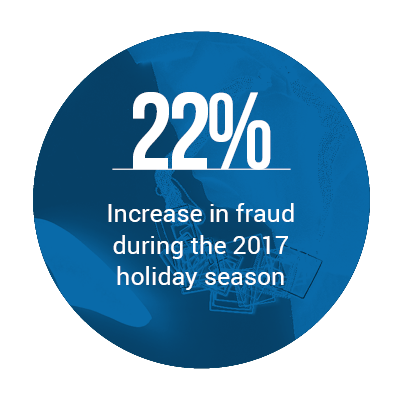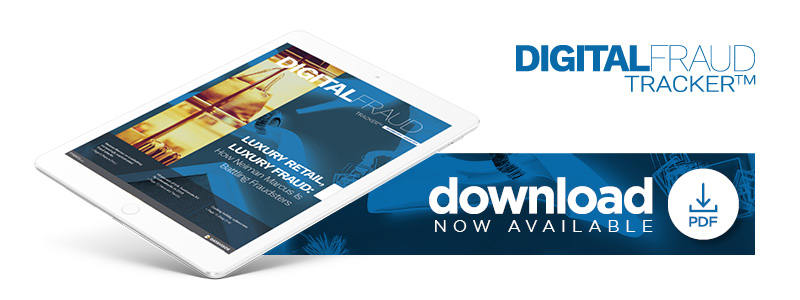How Neiman Marcus Uses AI to Fight Fraudsters

With the holiday shopping season in the rear view, retailers across the globe are tallying up their wins and losses. While the holiday retail rush meant big gains for some retailers, it also came with an influx of fraud, both in-store and online, as fraudsters took advantage of a high-pace, high-volume period of transactions.
 This was especially true for luxury retailers, which are combating a rising tide of fraud as they ramp up their omnichannel offerings. Luxury department stores like Saks Fifth Avenue, for instance, are still recovering from data breaches that exposed a significant amount of customer data, while others, such as Neiman Marcus, are constantly working to upgrade their fraud protections to counter the efforts of bad actors.
This was especially true for luxury retailers, which are combating a rising tide of fraud as they ramp up their omnichannel offerings. Luxury department stores like Saks Fifth Avenue, for instance, are still recovering from data breaches that exposed a significant amount of customer data, while others, such as Neiman Marcus, are constantly working to upgrade their fraud protections to counter the efforts of bad actors.
As fraudsters grow bolder, these brands are racing to implement new fraud protection services, as more instances of identity theft, digital payments fraud and gift card fraud emerge. In fact, over 5% of online retail revenue is now lost to fraud. By 2020, it’s estimated that U.S. credit card losses will exceed $12 billion.
In the December2018/January 2019 “Digital Fraud Tracker™,” PYMNTS examines the ways in which fraudsters are targeting retailers as these businesses work to boost their omnichannel offerings, as well as the tools and strategies they are deploying to prevent fraud attacks.
Around the Digital Fraud World
Luxury retail brands are seeing increasingly varied forms of fraud, from online identity theft to straightforward, old-fashioned counterfeiting.
 Last year, the U.S. federal government confiscated a shipment of counterfeit luxury goods. The counterfeit belts, purses and handbags represented an estimated loss of half a billion dollars in retail value for the brands, including Burberry, Michael Kors and Coach.
Last year, the U.S. federal government confiscated a shipment of counterfeit luxury goods. The counterfeit belts, purses and handbags represented an estimated loss of half a billion dollars in retail value for the brands, including Burberry, Michael Kors and Coach.
However, with more consumers turning to eCommerce retailers for their holiday shopping, retailers also need to keep an eye out for identity theft, payments fraud and, increasingly, gift card fraud. The FBI has reported a rise in gift card fraud over the past year, with business losses reaching over $1 million. In one such scam, fraudsters would impersonate a company executive and request gift cards for corporate use, asking that the card’s PIN be sent via email.
How Luxury Retailers Are Fighting Fraud
As online shopping becomes the norm for the modern customer, more luxury retailers are pairing their traditional brick-and-mortar stores — designed to show off the height of luxury — with a just-as-luxurious online presence to match. While this can provide luxury brands with a bump in sales, fraudsters are taking full advantage to hit luxury retailers everywhere they can: online and in-store.
 That’s why luxury retailers need to stay on their toes, according to Chief Information Security Officer Shamoun Siddiqui and Director of Security Architecture Kyle Ciborowski of Neiman Marcus. In a recent interview with PYMNTS, Siddiqui and Ciborowski discussed the ways in which Neiman Marcus has upgraded its security measures to keep fraudsters at bay, all while maintaining a seamless customer experience — a feat that’s grown increasingly difficult as fraudsters start to use technologies like artificial intelligence (AI) and machine learning to bypass a retailer’s defenses.
That’s why luxury retailers need to stay on their toes, according to Chief Information Security Officer Shamoun Siddiqui and Director of Security Architecture Kyle Ciborowski of Neiman Marcus. In a recent interview with PYMNTS, Siddiqui and Ciborowski discussed the ways in which Neiman Marcus has upgraded its security measures to keep fraudsters at bay, all while maintaining a seamless customer experience — a feat that’s grown increasingly difficult as fraudsters start to use technologies like artificial intelligence (AI) and machine learning to bypass a retailer’s defenses.
“Luxury retailers typically operate in a ‘high-touch’ environment, designed to be as friction-free for the customer as possible,” Siddiqui said. “Any measure of security introduces friction. So, the challenge is to make security as transparent as possible while still protecting the customer’s personal information.”
To learn more about how Neiman Marcus is protecting against fraud, download the Tracker.
About the Tracker
The “Digital Fraud Tracker™,” powered by DataVisor, offers a monthly look at the latest data, news and trends surrounding fraud and cybersecurity.
